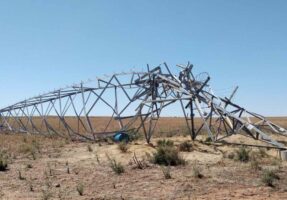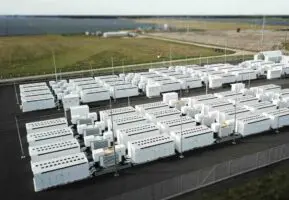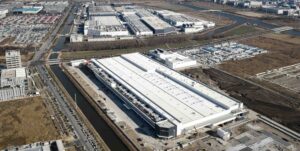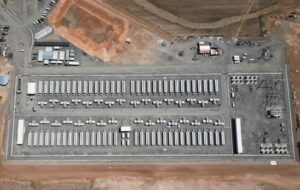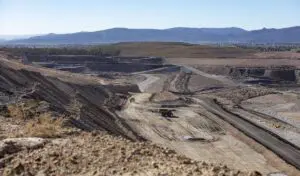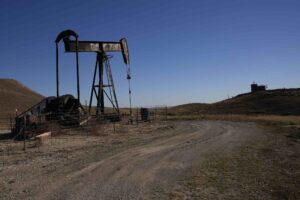The Tesla big battery at Hornsdale in South Australia is entering the final testing of its expanded capacity, and is achieving some significant new records and milestones that would be expected when the world’s biggest lithium ion battery gets even bigger.
The Hornsdale battery set a world record for a lithium-ion battery installation when it was installed in late 2017 with capacity of 100MW/129MWh. It has played an important control in providing frequency control and emergency back-up – both critical in helping keep the lights on during major network problems – as well as doing the normal storage thing of energy arbitrage, buying at the lows and selling at the peaks.
It is now being expanded to a capacity of 150MW/194MWh, and is adding new services, particularly synthetic inertia, that will allow it to replicate more of the services once exclusive to fossil fuel generators in South Australia, and allow the grid to take another important step towards the shift to the state government target of “net 100 per cent renewables.”
The expanded Hornsdale Power Reserve (its official name) is owned by the French renewable energy developer Neoen and located next to the 315MW Hornsdale wind facilities, and got the OK to connect last month.
It is now going through testing that allows it to progress through various “hold points” that it can straddle once the market operator is satisfied with the outcome.
On Tuesday, in the latest series of tests, the Hornsdale battery did a rapid 270MW flip – from charging at 120MW to discharging at 150MW. It appears to have flipped between the two on several different occasions (see graph above) – at least one of which had an immediate impact on the wholesale price of electricity, pushing it down to the peppercorn price of just above $8/MWh.
Those 270MW flips – from the level of discharge to the level of charge – are likely a world record in both speed and extent of the change. And it’s this flexibility of the big batteries such as Hornsdale, and others at Dalrymple North, Lake Bonney, Gannawarra and Ballarat, that is particularly attractive to project owners and valuable to AEMO, the market operator.
AEMO has on several occasions noted the speed, accuracy and flexibility of the big battery in responding to big frequency changes – often when a major transmission line trips or is felled by a storm. This happened on August 25 when a major transmission line was struck by lightning, taking the Queensland grid and the South Australia grid out of the main market.
The Hornsdale battery initially responded to the Queensland trip by helping arrest the frequency diversion in one direction, before immediately changing direction when the South Australia grid isolated and it had to charge, rather than discharge, to deal with an over-frequency event. It can respond to such events at a far greater speed than fossil fuel generators.
The new testing on synthetic inertia, or virtual inertia as David Leitch explains in this excellent piece on the work being done already by the Dalrymple North battery, will prove yet another critical grid service and function that can be delivered by inverter-based technologies, and remove another important brick in the wall of the incumbent synchronous generators. The industry, in Australia and overseas, is watching with keen interest.



